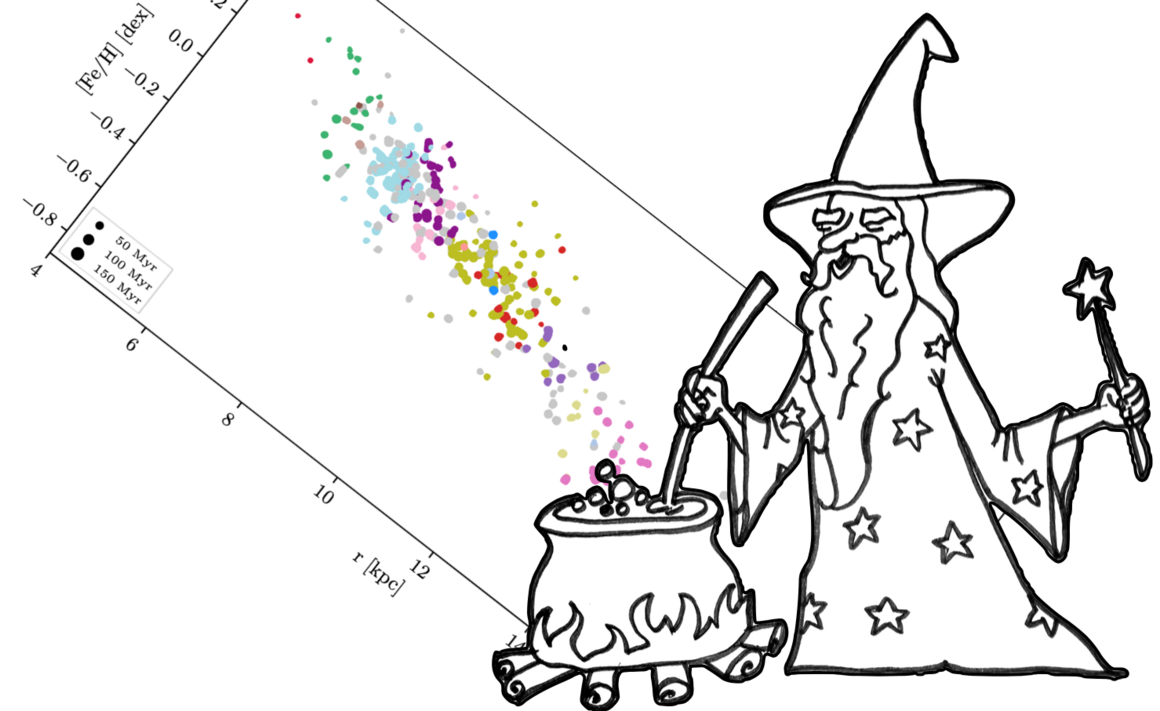

Our understanding of the formation and evolution of galaxies relies upon three pillars: Stellar Evolution, Dynamical Evolution and Chemical Evolution. However, physical parameters and kinematics are degenerate and to understand the origin of field stars and stellar systems requires detailed information concerning their elemental abundances. This bottleneck applies to both stars and gas content of the galaxies. Fortunately, "chemical tagging" is a multi-dimensional space in which the abundance patterns of stars and galaxies allow us to trace back in space and time their origin.
Moreover, the use of multi-object spectrographs and integral field spectrographs assisted with adaptive-optics systems (ERIS@VLT) provided the opportunity to simultaneously investigate the kinematics and the chemical distribution in nearby galaxies.
ADONIS is aimed at investigating the chemical enrichment of nearby galaxies by using theory and observations. We plan to join efforts from world-leading experts working on resolved and unresolved stellar populations, and on state-of-the-art theoretical modelling.In case you would like either to become more familiar with these issues or to discuss recent findings on metallicity distribution and gradients youare really welcome to join us!
Discussions will be organised to maximise the interaction between different communities and will be focussed on these themes:
Week 1 (25/3 to 29/3): Abundance gradients: Nature or Nurture?
Main topics: Galactic chemical enrichment: Halo, Bulge, Thin/Thick disk; Chemical evolution models for gas-poor and gas-rich stellar systems; Numerical simulations for MW/M31-like galaxies.
Week 2 (1/4 to 5/4): What is driving the azimuthal variations across the galactic thin disk?
Main topics: Numerical simulations and the mass content of the galaxies, mass-metallicity relation, metallicity distribution across the Bar and in stellar streams.
Week 3 (8/4 to 12/4): Are the radial abundance gradients universal?
Main topics: Chemo-dynamical models the impact of stellar migrations, spiral structure and resonances, chemical enrichment in classical and pseudo-bulges, kinematics and spectroscopy with Integral Field Spectrographs.
Week 4 (15/4 to 19/4): What has been the chemical enrichment of nearby stellar systems?
Main topics: Chemical enrichment in the zoo of dwarf galaxies, abundances based on optical/NIR diagnostics, new frontiers for theory and observations.